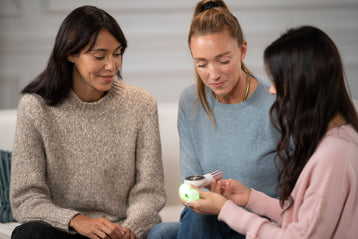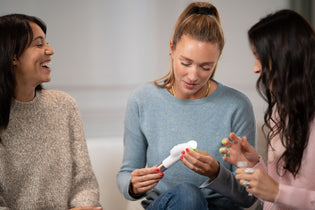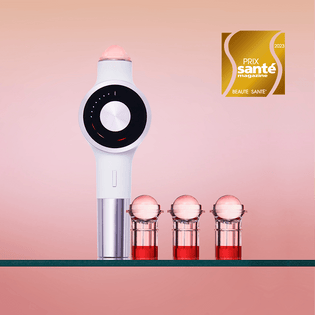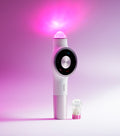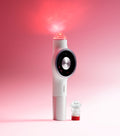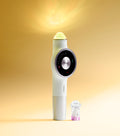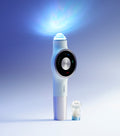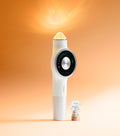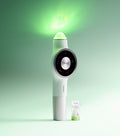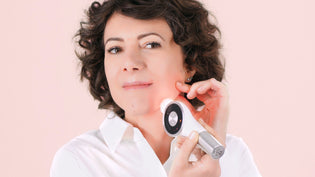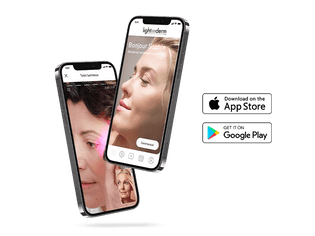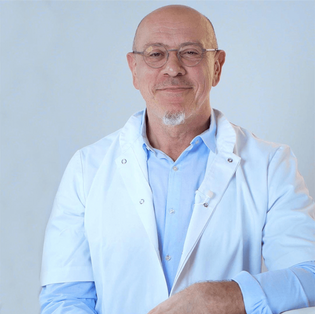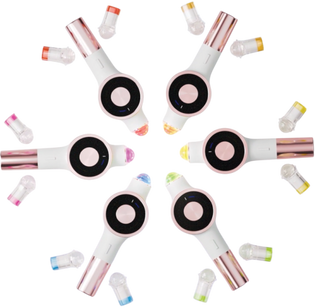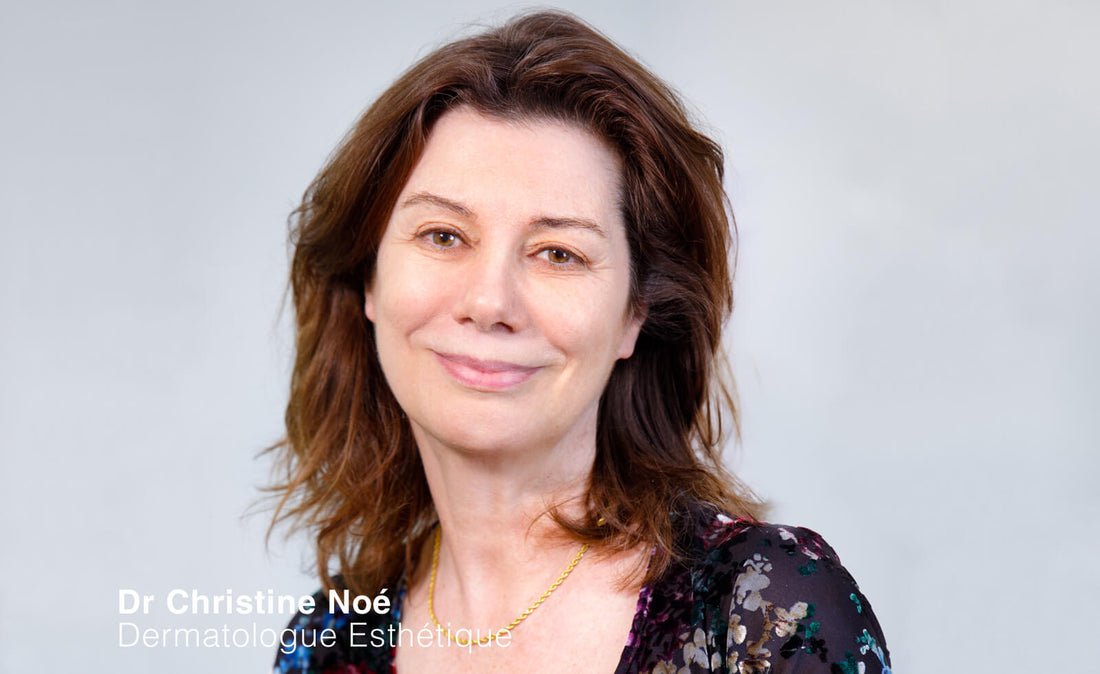
Interview with Doctor Christine Noé
Doctor Noé,
You participated in observational studies launched by Lightinderm on your patients. What results have you seen?
Indeed, I had the opportunity to participate in two studies with the Repair and Purity programs.
The first one I tested was the Repair program. Given the quality of the work carried out by the laboratory, I knew the results would be interesting, but I did not expect them to be as good or as fast. The patients I included were between 50 and 70 years old and all noticed real improvements with smoother, firmer skin that they described as “plumped”. They also noticed that their complexion was brighter. In 8 out of 10 cases, some wrinkles have faded, sometimes significantly. The ease of use of the device and the pleasant nature of the procedure were mentioned by all patients.
Regarding the Purity program, given my experience using photobiomodulation on acne, I assumed that the results would be there. Again, this was the case. The use of effective active ingredients associated with lights is real progress. I therefore participated in an observational study over 3 months and it confirmed the effectiveness of the program and its very good tolerance. The results improve with use and patients have noticed a real reduction in all inflammatory and comedonal lesions, as well as a reduction in redness and an improvement in the quality and comfort of the skin. Results: more soothed, smoother, more uniform skin, a reduction in pore size and much more luminosity.
You are an expert in photobiomodulation, can you explain to us what it is?
It's both quite simple and quite complicated. In fact, animal cells, like plant cells, have receptors that respond to certain lights in the visible and infrared spectrum. These lights will trigger reactions, which will generate syntheses and activate cell proliferation. They will therefore have an impact on cellular metabolism. This is called photobiomodulation. Thanks to this technique, it is for example possible to improve the synthesis of collagen, to reduce wrinkles, or to have an impact on certain bacteria which intervene in acne. By carefully selecting the lights and possibly the associated active ingredients which will be boosted by these lights, we can obtain very interesting results, both cosmetic and therapeutic, with perfect tolerance.
This painless and effective technology is insufficiently known and that is a shame. I have used it in the office for many years for multiple medical and aesthetic indications.
Can you tell us in a few words what you think of Lightinderm technology? You have had the opportunity to test Lightinderm on yourself. What did you think of it?
What interested me was the rigor of the work that was carried out in order to design an efficient, secure and easy-to-use device. So to summarize: scientific rigor, effectiveness and safety. I also appreciate the dynamism of the company which continues its research with cutting-edge technologies and quality clinical studies with a view to developing other treatments.
To answer the second part of your question, it is obvious that I test on myself what I offer to my patients. Using the Lightinderm device is simple: it's a 3-minute moment of pleasure that I give myself every evening, with the Repair program. As with the patients I tested, I noticed real results on my face: over the weeks, my skin gained density and my complexion brightened.
How do you integrate Lightinderm treatment protocols into your practices and for what indications?
When a patient consults me for an aesthetic reason, I establish a treatment strategy. Offering the Lightinderm treatment is obviously an extension of the aesthetic procedures that we perform at the office. Lightinderm has developed 5 treatment programs that meet different needs. For example, the Repair program can be perfectly suitable following filler injections with hyaluronic acid. Its high concentration of hyaluronic acid optimizes skin hydration and contributes to the plumping effect. Furthermore, photolyase, also present in the Repair serum and which is activated by blue light, plays a role in DNA repair, which gives it an anti-aging effect. Other components intervene through their anti-inflammatory and remodeling effects. So I know that the Repair program will improve the quality of my patient's skin while prolonging the effects of the injection.
But I also recommend it to patients who seek advice to improve and maintain their skin without performing cosmetic procedures because I know that the results will be good, well beyond those obtained with traditional cosmetics.
Doctor Noé, how did you know Lightinderm and the founders of this French brand?
Beautiful encounters are often the result of chance. It was in 2015, during a conference, that I met Professor Jean-Alexis Grimaud and Géraldine Decaux. We discussed Inter-cellular dialogue and photobiomodulation. Professor Grimaud suggested that I visit his laboratory at the business incubator of Cochin hospital and I went there for the first time in June 2016. During this visit, I saw Géraldine again who shared some research work with Professor Grimaud. She explained her project to me and I was seduced by the scientific and serious approach of her team. The unique combination of 3 technologies required surrounding yourself with experts in different fields and coordinating their skills. The development of Lightinderm treatments mobilized a team of scientists and engineers and was the subject of several hundred tests. The effectiveness and safety of all programs have been tested and validated using a strict 3-step development protocol: in vitro, ex vivo and in vivo (i.e. in patients). It took 7 years of research and 36 patents before commercialization. I think this is what perfectly sums up Lightinderm's perfectionism and seriousness. These are qualities that appealed to me and that’s what made me want to work with them.
In this collaboration, what did you create together?
I acted as an expert on photobiomodulation in order to guide and validate the choice of wavelengths to be used in the different phases of the projects.
